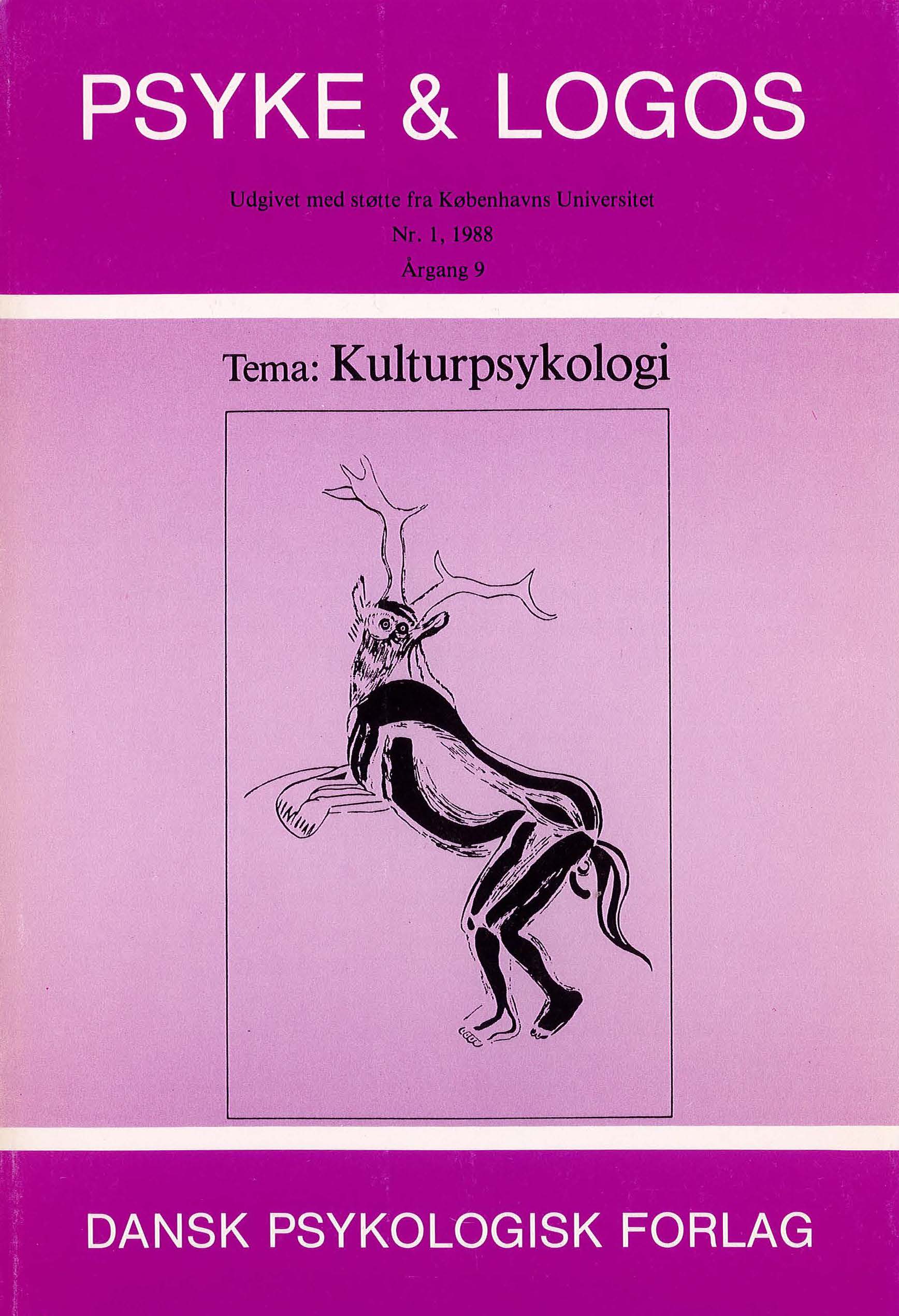Selvdestruktion
Et islandsk eksempel på kollektiv afvikling
DOI:
https://doi.org/10.7146/pl.v9i1.135965Abstract
Collective self-destruction is a kind of »catastrophe« in the theoretical sense of representing a non-linear logic of change. The historical situation in 17th and 18th century lceland was catastrophic in this sense. All social domains were marked by disintegration and disruptive development. Old technologies were »forgotten«, ecomic rationality was repressed, and hunger was a commonplace. A demographic crisis was an imminent threat to the population. The marriage ratio was extremely low, and the mortality rate was high. Mothers gave up breast feeding and the infants died from the raw cow's milk they were given instead. The sexual organization disintegrated. Incest was frequent. Briefly, there was a remarkable negligence of all cultural standards; chaos and disorder ruled the social space. Generally speaking, it was a case of achieved helplessness connected to a collective depression.
It may be read as a cultural psychological reaction to increasingly difficult historical conditions. Apart from natura( catastrophe and political submission, the Icelanders also found themselves with no symbolic exchange with »others«, and the only mirror of
self-identification was their own past. The illustrious ancestors made the Icelanders acutely aware of their own powerlessness - and their reaction was one of cultural destruction.
Downloads
Published
How to Cite
Issue
Section
License
Ophavsret er tidsskriftets og forfatternes. Det er gældende praksis, at artikler publiceret i Psyke & Logos, som efterfølgende oversættes til andet sprog, af forfatteren frit kan publiceres i internationale tidsskrifter, dog således at det ved reference fremgår, at den oversatte artikel har et forlæg i en dansksproget version i Psyke & Logos. Artikler kan frit deles og linkes til på forsknings- og undervisningsnetværk (så som Blackboard). Link foretrækkes, fordi det giver oplysning om brug af tidsskriftets artikler.




